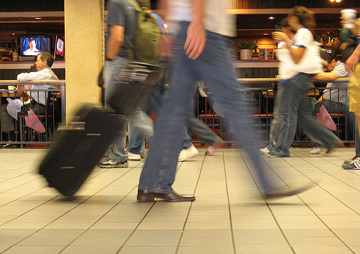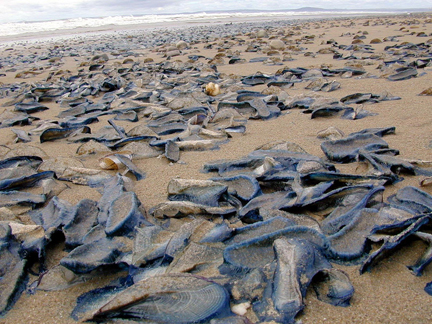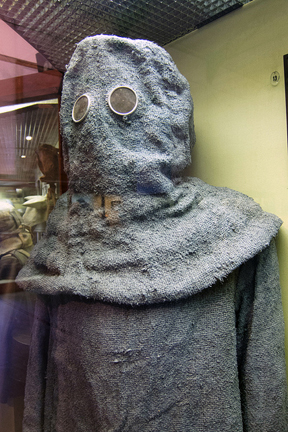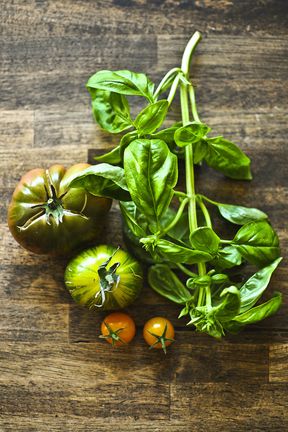Now that the school year has run its course, the exodus has begun. Those who seek to take advantage of the coming interrupted workweek have made their reservations, packed their bags, and made their escapes. Others are taking their time, planning the requisite excursions to visit family, see new sights, and experience new adventures later during the season.
It’s also around this time that the latest data and surveys on travel intentions and travel habits become known. Every June, BMO Financial Group releases its latest survey results about Canadians’ summer travel plans. This year, survey says, B.C. residents intend to take a mental vacation from worrying about money. We, apparently, each plan to spend more than $6,000 on vacations, summer outings and entertaining at home. We rank second in Canada in profligacy, although the report also says that more than 40% of Canadians have not yet set budgets for summertime expenses.
Statistics Canada indicates we like to travel abroad. Fewer B.C. residents traveled to the U.S. for spring break this year compared to last, while more of us travelled to other international destinations.
Another trend appeared earlier this year in the spring break BMO travel survey. Apparently, we British Columbians are a cautious lot. We rank third in Canada for worry about needing medical attention while abroad—even though our provincial worry quotient nips at the heels of the national average (41 per cent). We are also among the most likely of all Canadians to purchase travel health insurance for our excursions abroad….
Read the rest of this editorial at the Victoria Times Colonist….








